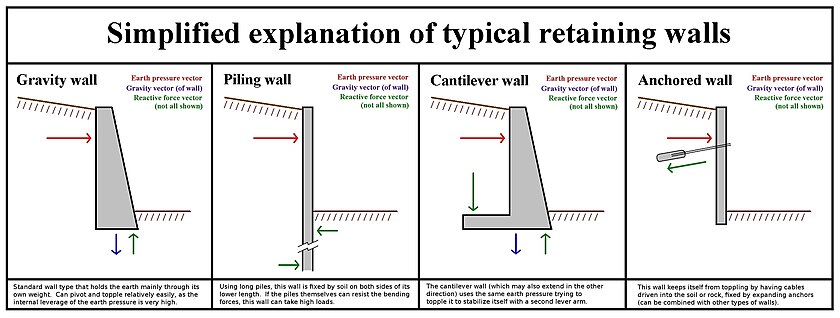Design Of Liquid Retaining Concrete Structures Pdf Free

The strength of the cement- paste depends. Also the relative proportions of cement- paste. The concrete hardens through the. Once the initial set has taken place. Design of liquid retaining concrete structures = 1.0 for a single short-term loading and = 0.5 for sustained loads or many cycles of repeated loading. Design of liquid retaining concrete structures = 1.0 for a single short-term loading and = 0.5 for sustained loads or many cycles of repeated loading. Bhs Manual Of Equitation. Design of liquid retaining concrete structures r d anchor pdf. Mounting bracket with fixing screws and side screws for set The sims 2 full version download.

Staining imparts a luxurious richness that can't be achieved by any other coloring medium. Rather than produce a solid, opaque effect like paint, stains permeate the concrete to infuse it with luminous, translucent tones that vary depending on the surface they are applied to and the application techniques used. The results can mimic everything from polished marble to tanned leather to natural stone or even stained wood. Stains for concrete come in two general categories: acid-based chemical stains and water-based acrylics.
Most acid stains are a mixture of water, hydrochloric acid and acid-soluble metallic salts. They work by penetrating the surface and reacting chemically with the hydrated lime (calcium hydroxide) in the concrete. The acid in the stain lightly etches the surface, allowing the metallic salts to penetrate more easily. Once the stain reacts, it becomes a permanent part of the concrete and won't fade, chip off or peel away. The palette for acid-etch staining is generally limited to earthy tones, such as tans, browns, terra cottas and soft blue-greens. If you want to go beyond the subtle drama and subdued earth-toned palette of acid staining, consider using water-based stains, which come in a much broader spectrum of hues.
Most manufacturers offer dozens of standard colors, including black and white and even metallic tints. El Diablo Suelto Partitura Guitarra Pdf Free on this page. Like acid stains, water-based stains (typically a blend of acrylic polymers and pigments) penetrate the concrete to produce permanent color, ranging from translucent to opaque depending on the product. Both types of stain can be applied to new or old and plain or integrally colored concrete. They are especially effective for revitalizing dull, lackluster surfaces.
Because they penetrate the concrete surface, most stains have excellent UV stability and wear resistance, permitting their use on interior or exterior concrete. Applications range from walkways and patios to family room floors and kitchen countertops. They can also be applied to vertical surfaces such as walls or fireplace surrounds. Like stains for wood, concrete stains are semi-transparent and are intended to enhance rather than disguise the surface. Breviarium Monasticum Pdf Download.
They will not hide cracks, blemishes or other flaws in existing concrete. Nor will they completely mask an underlying color or conceal the texture of the surface. An existing concrete slab with major cracks or spalling is usually not a good candidate for staining because any patchwork is likely to show right through the stain. Because stains must be able to soak into the concrete to achieve full color saturation, they shouldn't be applied to surfaces covered by anything that can inhibit stain penetration, such as dirt, grease, glues, coatings, curing membranes and sealers.
This new edition of a successful engineering text provides an interpretation of the more theoretical guidance given in the new suite of Eurocodes for the subject of retaining structures. The book qualifies the extensive set of guides in terms of the design of these structures and provides a clear path through the process. It still discusses structural elements individually so that expertise can be applied to any situation likely to be encountered.
The modifications, such as changes to surface zones, the critical steel ratio, the maximum crack spacing (flexural and imposed strain) and edge restraint, that have been introduced into the Eurocodes are highlighted and discussed in detail. The new suite of Eurocodes is claimed to be the most technically advanced codes in the world; the codes were developed with the intention of making them less restrictive than existing codes. The third edition reflects this philosophy by providing more theoretical background information and discussion, with specific reference to current and previous research, helping the reader to achieve a greater understanding and a wider application of the basic design guidance as the codes intended.As such the book remains a vital tool for practising civil and structural engineers.